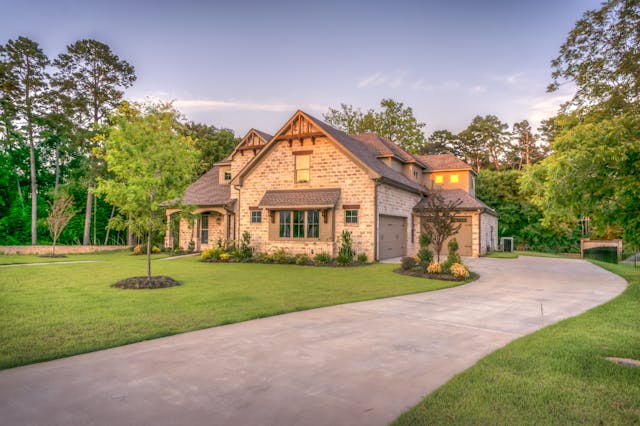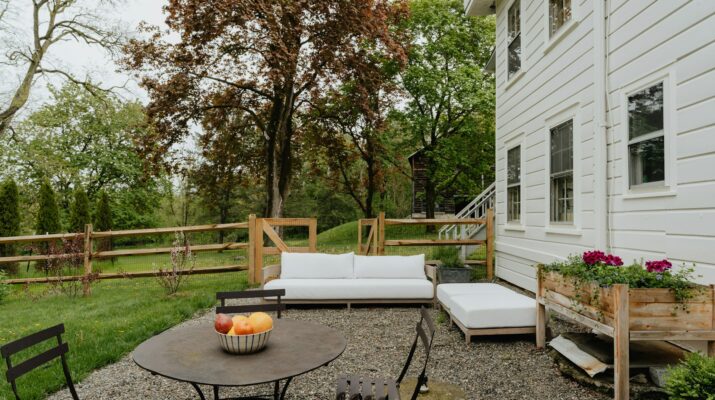Transforming your outdoor space into a beautiful and functional area can significantly enhance the enjoyment of your home while increasing its value. Whether planning a garden, patio, deck, or a complete backyard overhaul, it’s essential to approach the project carefully. Enhance Your Outdoor Space ideas are available online, but some homeowners make common mistakes that can lead to unnecessary expenses, poor design choices, or even long-term issues. Here’s a look at some mistakes to avoid when enhancing your outdoor space, ensuring that your efforts result in a stunning and practical environment.
Overlooking the Importance of Functionality
 A common mistake in outdoor design is prioritizing aesthetics over functionality. While it’s natural to want your outdoor space to look beautiful, it is equally important to consider how you will use the area. Think about the primary functions you want the space to serve; whether entertaining guests, gardening, dining, or providing a safe play area for children. Balancing form and function will create a visually appealing and practical space for your needs.
A common mistake in outdoor design is prioritizing aesthetics over functionality. While it’s natural to want your outdoor space to look beautiful, it is equally important to consider how you will use the area. Think about the primary functions you want the space to serve; whether entertaining guests, gardening, dining, or providing a safe play area for children. Balancing form and function will create a visually appealing and practical space for your needs.
Choosing the Wrong Plants for Your Climate
Selecting plants unsuitable for your local climate is a mistake that can lead to frustration and wasted money. It is important to choose plants well-suited to your area’s soil, sunlight, and weather conditions. Research native plants and those that thrive in your specific environment to ensure they flourish with minimal maintenance. Opt for plants that complement each other and align with your local ecosystem to create a healthy and vibrant outdoor space.
Ignoring Proper Drainage
Proper drainage is crucial when enhancing any outdoor area, yet it is often overlooked. Poor drainage can lead to standing water, soil erosion, plant damage, and even structural problems for your home. Before starting your project, assess your property’s drainage patterns, particularly if you plan to install hardscaping elements like patios, walkways, or retaining walls.
Overdoing Hardscaping Elements
While hardscaping features like patios, decks, and pathways are essential components of a well-designed outdoor space, overdoing them can make your yard feel cold and uninviting. Too much concrete, stone, or wood can dominate the landscape, leaving little room for greenery and natural elements. Aim for a balanced approach that integrates both hardscaping and softscaping. Use plants, trees, and shrubs to soften the lines of hardscaping features and create a more organic feel. Different textures, colors, and heights will add visual interest and create a harmonious outdoor environment that feels alive and welcoming.
Overlooking Lighting Needs
Neglecting outdoor lighting is a common mistake that can limit the usability and safety of your outdoor space. Proper lighting allows you to enjoy your outdoor area well into the evening, adds ambiance, and enhances security. Many homeowners underestimate the importance of well-planned lighting and end up with dim, unevenly lit spaces. Plan a layered lighting scheme that includes ambient, task, and accent lighting. Use path lights to illuminate walkways, spotlights to highlight focal points like trees or statues, and string lights or lanterns to create a cozy atmosphere. Thoughtful lighting choices will enhance your outdoor space’s overall look and functionality, making it more inviting and safe.

Skipping Professional Help When Needed
While many outdoor projects can be tackled as DIY endeavors, some tasks require the expertise of professionals. Don’t hesitate to consult a landscape architect, designer, or contractor for guidance, especially if your project involves extensive work. Professionals can offer valuable insights, ensure compliance with local codes and regulations, and help you avoid costly mistakes. Investment in expert advice can ultimately save you time, money, and frustration.
Conclusion
Enhancing your outdoor space is an exciting project that can transform your property into a beautiful, functional retreat. By avoiding common mistakes such as neglecting a plan and budget, prioritizing aesthetics over functionality, choosing inappropriate plants, ignoring drainage, overlooking privacy, overdoing hardscaping, neglecting lighting, and skipping professional help, you can create an outdoor area that meets your needs and enhances your home’s value.

